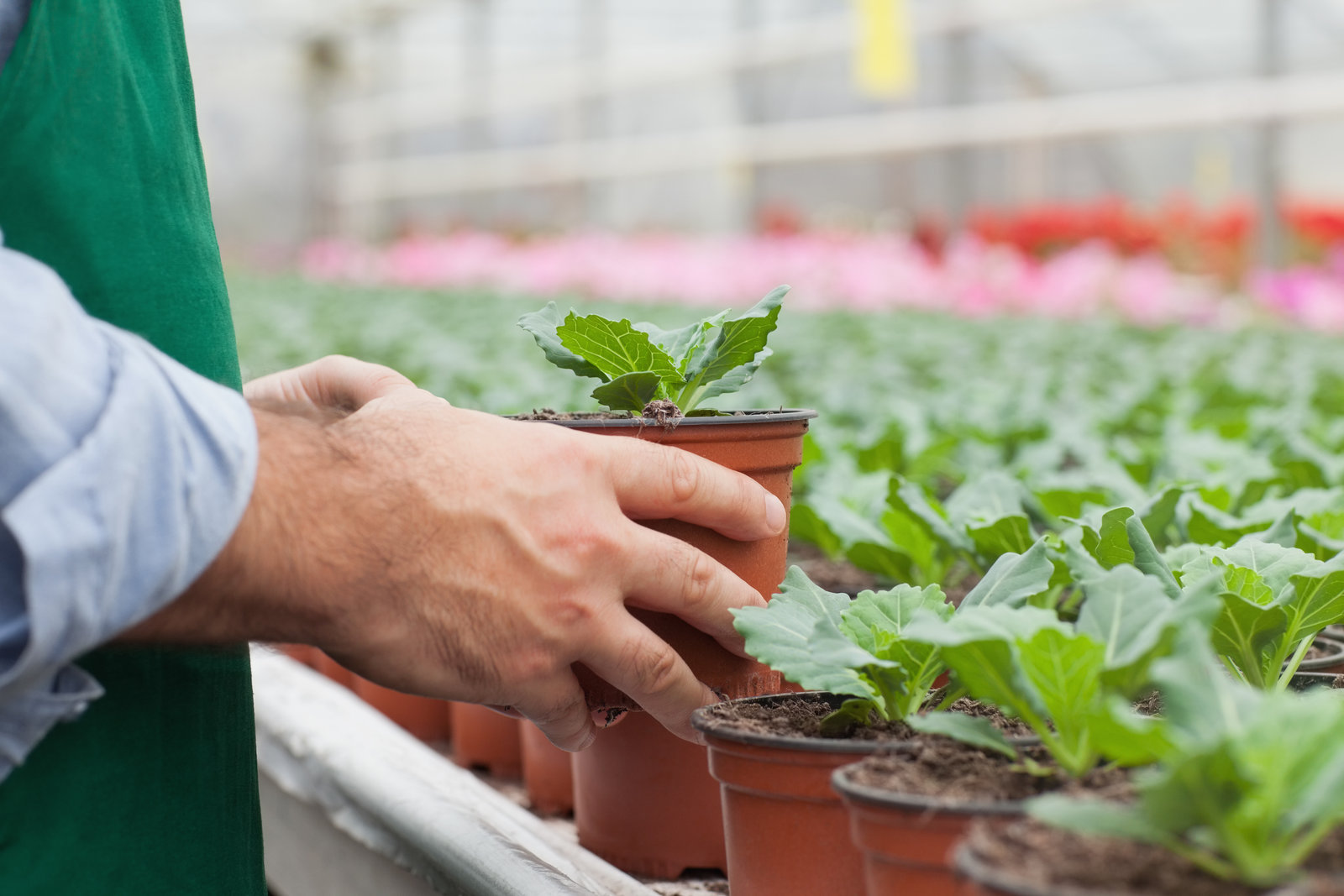In our last article, we talked about how and where to source free seeds for your garden. But starting a plant from seed can be incredibly time-consuming, and sometimes requires specialized equipment like heat mats and indoor grow lights. Instead, some people prefer to purchase small seedlings from nurseries to ensure that they can reap the fruits of their labor more quickly.
Plant swaps
Similar to seed swaps, some people in your community may do plant swaps in the spring where they share seedlings that they have grown and don’t need. Some seed swaps also include seedlings, where people might bring seeds or seedlings depending on what they have on hand.
You can typically get seedlings for free at plant swaps, but the foundation of the event is a mutual exchange, so you might need to bring seedlings, seeds, or something else of your own to swap.
Look in community forums
Growing plants from seed isn’t always very precise. Last spring I planted way more seeds than I actually needed because I wasn’t sure exactly how many of the seeds would germinate, or how many of the seedlings would survive and thrive. So by May, I had twice as many pepper, tomato, and tomatillo plants as I actually wanted to plant!
I posted a Facebook marketplace post and in my local buy-nothing groups to see if any of my local community members wanted my seedlings for free because I had no use for them. If you are hoping to find seedlings for free, check the Facebook marketplace, buy-nothing groups, and other community forums to see if anyone started more seeds than they intend to use.
Ask your gardening friends
Your friends and neighbors are always a great place to check if you are looking for free resources! If you have friends who also love vegetable or flower gardening, they might have extra seedlings that they are happy to share with you for free.
Nursery clearance sales later in the season
Depending on your local climate, nurseries and hardware stores like Home Depot will usually put out most of their seedlings and young plants a few weeks before the last frost date. In my zone, 5b, that means that nurseries are stocked in late April or early May in anticipation of the last frost dates in mid-to-late May.
But by late June, most gardeners have already planted everything that they need and they aren’t looking to buy seedlings anymore. Nurseries will start offering the seedlings at a discount starting around 4 weeks after your local last frost date in order to sell through the last of their inventory of seedlings. This is a great chance to snag a few things for your garden at a bargain of a price — but make sure that there are still enough warm days in the season left for the plant to grow to full maturity and put on fruit.
Re-grow your veggie scraps
There are some veggies that will grow again and again, so instead of growing them from seeds, you can simply use the parts that you would normally discard and re-grow the plant!
Green onions
Green onions are a great example of this. To re-grow them, save about half an inch before the roots, place the roots in a shallow dish with a little bit of water, and once it shows signs of new growth (longer roots growing from the bottom and greens starting to regrow at the top) plant it in soil so that it can thrive.
Lettuce
You can also do this with some types of lettuces that come in heads (not as loose leaves). Romaine can sometimes be regrown from the base of the head, although the new growth can be bitter. It is also possible to regrow butter lettuce, leaf lettuce, and most other types that come with the base in tact.
Propagate herb cuttings
If you buy fresh herbs, it is also possible to propagate some cut herbs and grow them into plants to keep at home! There are a number of herbs you can propagate including basil, cilantro, rosemary, thyme, and sage. Cut the herb so that there is a few inches of stem, and sit the stem in a shallow dish of water (so that the leaves are not touching the water). Roots can start to form in as little as a few days. Once the roots reach 1″ long, they can be transplanted into soil.
If you don’t have the time or equipment to grow a garden from seed, there are still plenty of affordable ways to get seedlings to grow into beautiful and abundant plants.
Join our new gardening community to connect and share advice with other budget gardeners!
